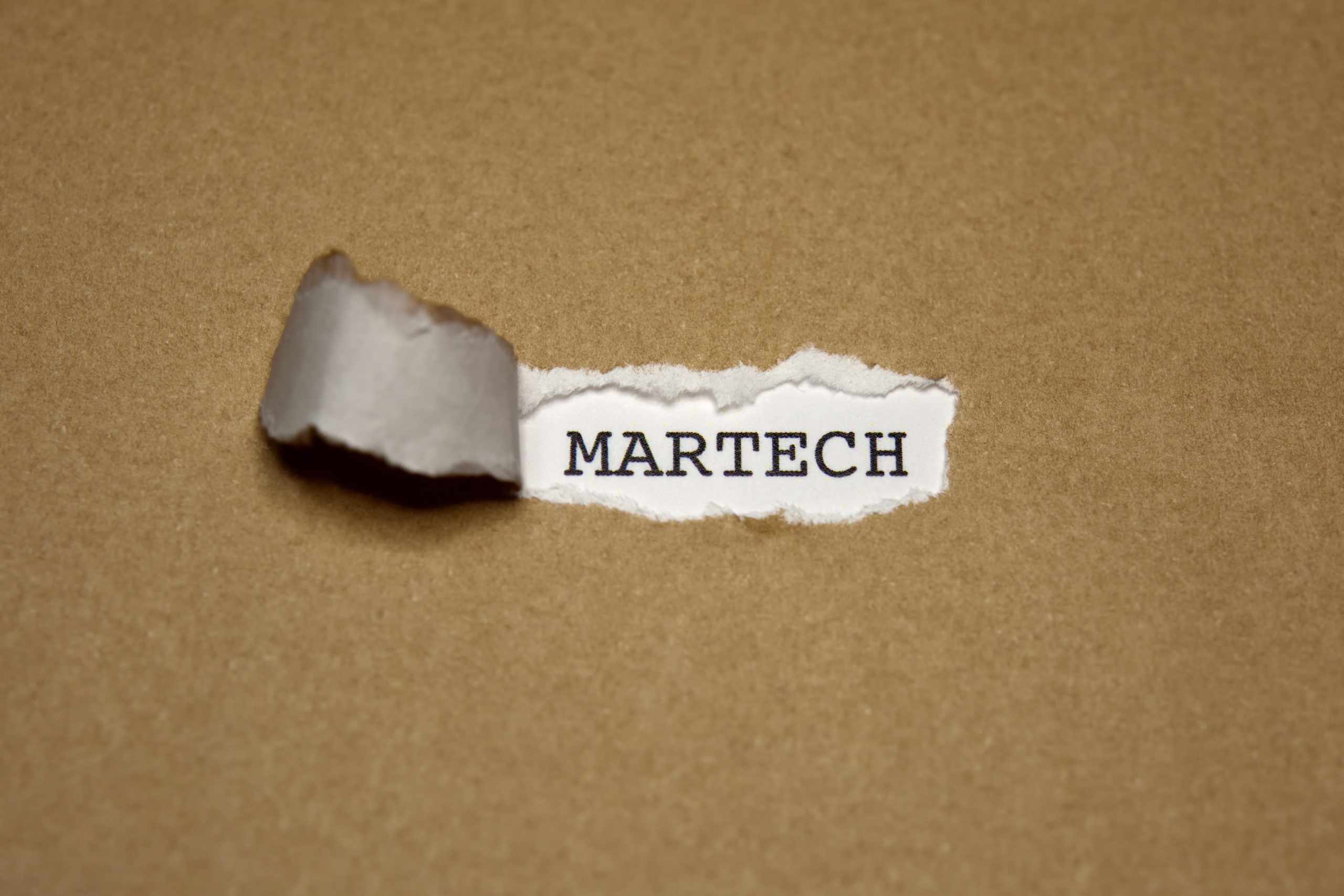Most likely over the last 5 years you have invested tens of thousands if not hundreds of thousands of dollars in the latest emerging marketing technologies (martech) – email marketing, social media, A/B testing, account based marketing, CRM, digital asset management, etc. – starting to sound familiar?
Here we are five years later and you now have an ecosystem of disparate systems that are all managing content of various types through separate interfaces. While your intentions were noble, trying to enable your marketers to have the latest and greatest tools to do their job, you have inadvertently created a system that is expensive, difficult to manage and difficult to report against in a cohesive manner.
The Chief Marketing Officer (CMO) Council did their annual report on marketing technology called Context, Commerce + Customer, in which they asked senior marketing executives about marketing technology trends. One of the questions I considered to be the most valuable has do with gaps in technology in the current MarTech stack.
Thinking of the marketing and commerce technologies you have already implemented, are there any gaps you will look to fill in the coming year? The top 5 answers were:

These are some pretty large gaps to fill and can easily add more money and complexity to an existing marketing technology stack that is already overly complicated and expensive. Assuming that you fall into one of these categories, this may be the point where you want to start taking a more holistic view of your marketing ecosystem. Really start evaluating the total cost of ownership of these separate systems compared against the features and functionality that are necessary to be a fantastic digital marketer. As I wrote about in my previous post, “Outdated technology can mean winning at digital marketing,” the maturity of some of the core systems like Sitecore, may provide an opportunity to rationalize redundant applications and provide a more streamlined approach to developing and deploying digital content and campaigns. So how do you get started? Let’s take a 5 step approach to hacking your martech stack and find the areas where you can find greater efficiencies and cost savings.
- Start by defining the ideal processes. You are a seasoned digital leader, you know what it takes to be exceptional in the digital marketing game, so start by identifying your ideal state. Think through things like content management and workflow, campaign development, personalization strategies, account based marketing, translation workflows, social media, analytics – don’t forget to include marketing activities that are already working in addition to the ones you want to add. Attempt to sketch a diagram of how all these processes might work together, what types of data could get shared between these processes. Ignore, for the time being, your existing technology stack and internal processes to currently do these activities. Again, focus on the ideal state and not the current state.
- Map your current environment to the ideal state. This is a great place to see where there are gaps in your technology stack as well as within your own processes for managing the workload that additional activities will bring. An easy way to visualize this is to create a high level feature matrix, the columns being a list of activities that you mapped out in your ideal state, and the rows would be the systems that currently exist in your stack. This will serve to inform the areas that need to be focused on and or added. Another consideration in this phase is to evaluate how much of a particular tool is currently being used. For example, in marketing automation, systems like Marketo and Oracle Eloqua are fantastic enterprise marketing tools; but if you only really use 40% of the feature set that they provide, are you better off utilizing a system that provides reduced functionality but at a better price point?
- Evaluate other technologies vs current stack This is where the real potential exists in the rationalization game. Prior to the maturity of technologies like Sitecore Experience Platform, much of the functionality that marketers desired, existed in separate systems. Solutions such as Optimizely for A/B or multivariate testing, and Constant Contact for email marketing, and Google or Omniture for analytics. The maturation of Sitecore Experience Platform includes all of this functionality in a single platform and experience. Not only do you get the benefits of efficiency in managing all of your content in one place, but you get the added value of all of that data from testing, personalization and email activities wrapped into a single view of your company’s customers and prospects.
- Design the “perfect” stack At this point in the process you should now know where your gaps in your stack exist, what options exist to fill those gaps, and where you may have redundancies. This is the point where the rubber meets the road and you begin to make the difficult decisions about what technologies to keep, what to get rid of and what to bring on new. The truth is that making decisions like these only seem difficult. I’ll talk more in a future post about the road bumps to technology upgrades, but the single biggest hurdle to upgrades is that too much consideration is given to the time and money spent on the existing marketing stack. That sunk cost got you to where you are today, and that’s great, but marketing innovation requires a constant investment in technology. As you review your stack matrix, remember to think about areas where you can have a single technology or application that covers multiple pieces of functionality. Again, I point back to the Sitecore example above, having personalization, multivariate testing, email marketing and integrated analytics all in a single system could be a huge cost savings if you can rationalize out several other applications in the process.
- Create your roadmap Now that you have your ideal stack defined, it’s time to get to planning on how to implement. First, document your stack and prioritize the roadmap based on budget, resources and business need / value. I won’t go into detail here since every stack is different and implementation of technologies varies from system to system. What I will mention is that you are better off using an agile methodology for getting your roadmap implemented. Scott Brinker, of chiefmartec.com, wrote a fantastic book, Hacking Marketing, all about utilizing the principles of agile software development for the purposes of marketing. In short, work on small, bite-size chunks of functionality instead of trying to boil the entire ocean at once. For instance, if you know you’re going to do a new implementation, you can start with your infrastructure setup, then move to base system installation, then integrations, UX, content mapping, etc. Each of these can be an iterative phase of the project instead of trying to do the entire thing in one fell swoop.
Finally, get started today. Your technology stack is only getting older and you are only falling more behind the longer you wait to start. If you think you don’t have time, then step back and ask yourself, “How much time and money would be saved if my marketing stack were up-to-date and efficient?”

;)

